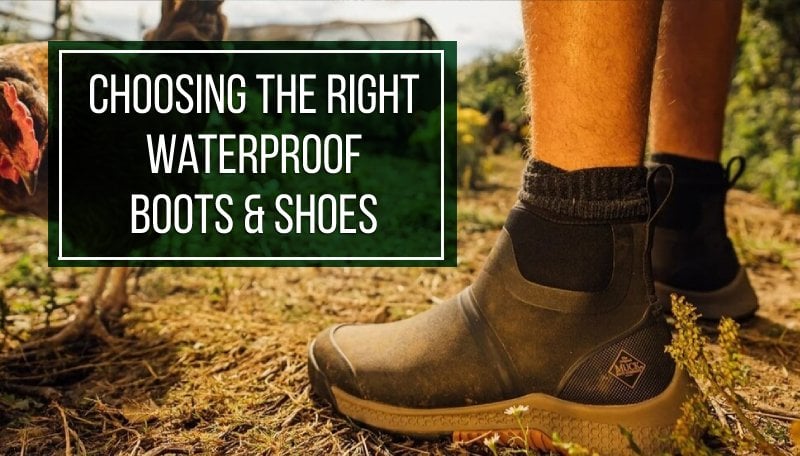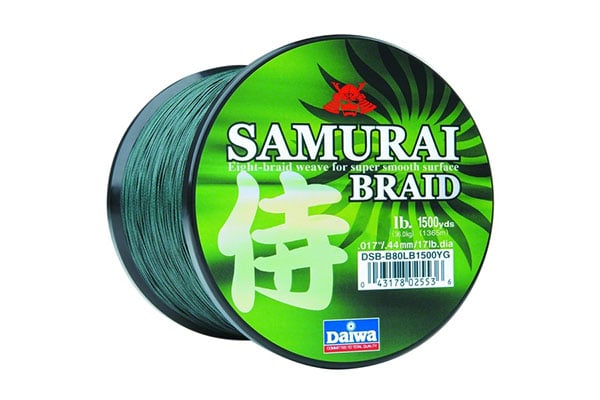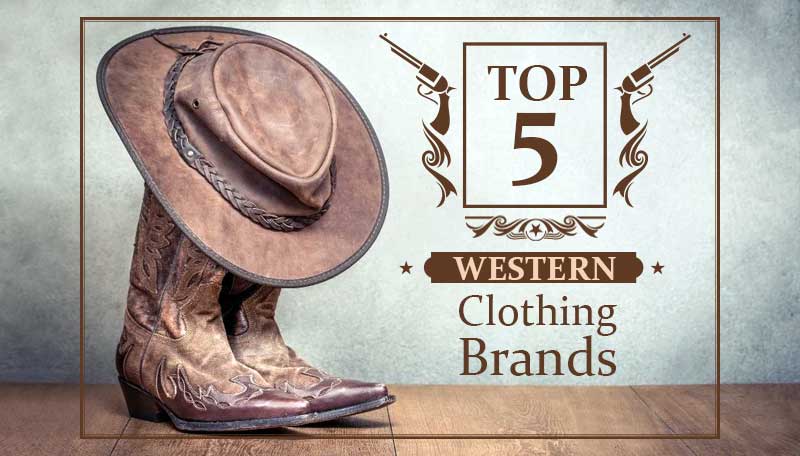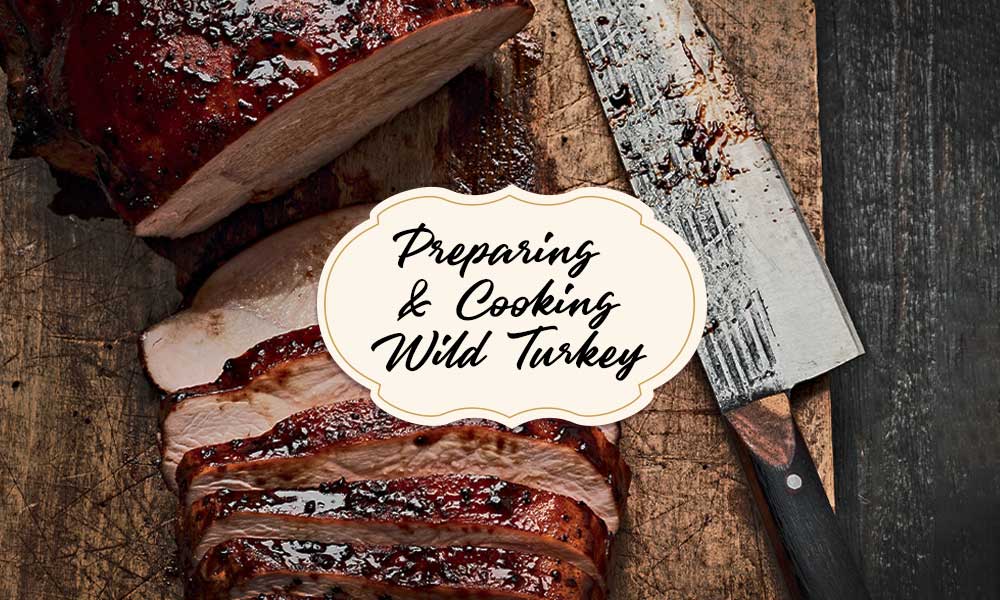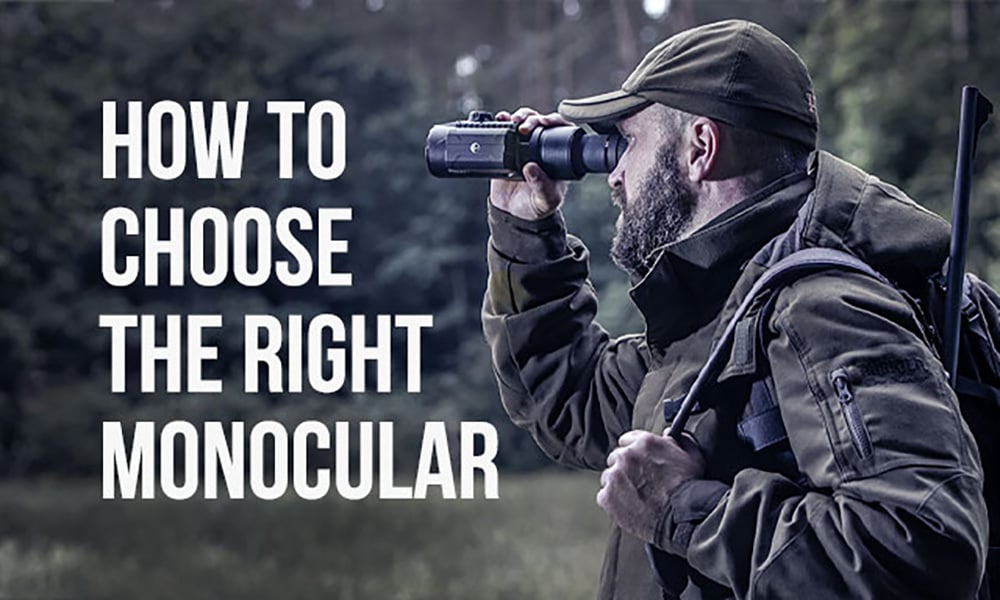Summer camping trips can quickly go from a fun adventure to a grueling endurance test when the temperature creeps past 80°F. Good news – with the right plan, you can stay cool and comfortable, even when the thermometer starts flirting with triple digits. Here are our tips for surviving camping during heat days:
Set Up Your Campsite Wisely
Start with choosing the right location. Scout for campsites with natural shade – trees, rock formations, or hillsides that block the sun during the hottest parts of the day. Think about where shadows will fall throughout the day.
If possible, choose spots near water. Lakes, rivers, and streams provide natural cooling and often create their own breezes. The sound of flowing water is a nice bonus too.
Pay attention to wind patterns. Ask locals or check weather apps to see which direction breezes typically come from, then position your tent to catch those cooling currents. Face your tent door into the wind for maximum airflow.
Choose the Right Tent for Hot Weather
Forget that 4-season mountain tent – it’s designed to trap heat, not release it. What you need is a 3-season tent.
Look for tents where mesh dominates the design. The mesh will allow air to flow through while keeping bugs out.
Size matters too. A spacious tent gives hot air more room to circulate and provides space for fans. If you’re used to compact backpacking tents, consider upgrading to something roomier for summer trips.
![Hot Weather Summer Camping [Tips & Gear Recommendations] 2 SIERRA DESIGNS Clip Flashlight 2-Person Tent (40144722)](https://cdn11.bigcommerce.com/s-8lwkyk05bo/images/stencil/640w/products/61952/756679/media__87319.1743451875.jpg?c=2)
SIERRA DESIGNS Clip Flashlight 2-Person Tent
$201.99
Price accurate at time of writing
Specs:
- Fast and easy two pole setup
- Generous livable space with large, full coverage vestibule
- Two full length zippers allow the fly to act as an awning
- Lightweight full mesh body
- Non-freestanding design
Don’t Sleep in Your Sleeping Bag
Sleeping bags are designed to trap body heat – not what you want when it’s 75°F at midnight. Instead, sleep on top of your sleeping bag with a lightweight cotton sheet or thin blanket. These materials breathe better and can be easily kicked off if you get too warm.
Also, consider the following options:
Sleeping bag liners are your best friend for warm weather. A silk or cotton liner weighs almost nothing and provides just enough coverage without the bulk. I use mine down to about 65°F and sleep on top of my regular sleeping bag if temps drop unexpectedly.
Lightweight blankets offer more flexibility than traditional bags. Those thin airline-style blankets work surprisingly well—you can kick them off easily when you get warm and pull them back on if it cools down.
Hammock camping solves the heat problem entirely. Unlike sleeping on the ground where your pad reflects body heat back at you, a hammock lets air flow underneath your entire body. Even stomach sleepers can adapt with some practice.
Consider a mesh cot if your sleeping system has enough space for it. Elevating your body off the ground allows air to circulate underneath. The investment pays off in comfort during those summer camping nights.
Cooling Gear That Actually Works
Wet towels around your neck tap into your body’s cooling system. Major blood vessels run close to the surface in your neck, so cooling this area helps lower your entire body temperature. Soak a bandana or small towel in cold water and wear it throughout the day.
Before sleep, try the cold water trick: rinse your feet, hands, and face with the coldest water available. This rapidly cools your core temperature, giving you a window of comfort to fall asleep before your body heats up again.
USB-powered fans are game changers for tent camping. Skip the cheap battery-powered ones that die after a few hours. Get a decent USB fan and run it off a power bank—it’ll last for days.
![Hot Weather Summer Camping [Tips & Gear Recommendations] 3 NONZERO GRAVITY CoolTek Athletic 12-in-1 Cooling Neck Gaiter (NZ-H10)](https://cdn11.bigcommerce.com/s-8lwkyk05bo/images/stencil/640w/products/57670/705001/media__00003.1731919075.jpg?c=2)
NONZERO GRAVITY CoolTek Athletic 12-in-1 Cooling Neck Gaiter
$18.00
Price accurate at time of writing
Specs:
- Cooling hood, tactical hoodie, head wrap and neck scarf for cycling, biking and sports
- Designed, based and serviced in California
- NZG CoolTek Technology
- Moisture-wicking Scotchgard
- CoolBest sweat dispersing
- 4-way stretch
- 50+ UPF protection
Shelter Strategies for Hot Weather
First off, ditch your rainfly. It traps heat and moisture inside the tent. If the forecast shows clear skies, remove it completely. This simple trick can drop your tent’s internal temperature by 10-15 degrees.
For protection from unexpected rain, keep the rainfly handy and know how to put it back on quickly. Some campers compromise by attaching the rainfly loosely, creating gaps for airflow while maintaining some weather protection.
A tarp can drop the temperature around your campsite by 10-15 degrees. Set up a tarp above your tent or create a shade canopy over your cooking area. Dark-colored tarps, like black or dark blue, tend to absorb more sunlight and convert it into heat, while light-colored tarps, such as white or silver, reflect more sunlight, keeping the area underneath cooler.
Staying Hydrated & Cool
Heat exhaustion and heat stroke are real dangers when camping in hot weather. Drink more water than you think you need – at least a gallon per person per day. Add electrolyte packets to replace what you lose through sweat.
Freeze water bottles before your trip and use them as ice packs in your cooler. As they melt, you have cold drinking water.
Also, cooling your core works better than trying to cool your whole body. Wetting your wrists, neck, and ankles with cold water hits the pulse points where blood vessels are close to the skin. Much more effective than just splashing water on your face.
![Hot Weather Summer Camping [Tips & Gear Recommendations] 4 GRITR 24 oz/710 ml Stainless Steel Double Wall Vacuum Insulated Water Bottle](https://blog.gritroutdoors.com/wp-content/uploads/2025/07/media__32867.jpg)
GRITR 24 oz/710 ml Stainless Steel Double Wall Vacuum Insulated Water Bottle
$19.99
Price accurate at time of writing
Specs:
- Top-quality 304 food-grade Stainless Steel, absolutely safe for your health
- Double-Wall Vacuum Insulation to maintain the temperature of beverages
- Powder-Coated Exterior to fit comfortably in your hand
- Leakproof Cap to keep your drinks safely contained
- Dishwasher Safe, making it easy to clean the bottle
- Suitable for most auto cup holders (2.6" D)
- Available in 4 different vibrant designs
Smart Clothing Choices
Cotton isn’t always evil in hot weather. While it’s terrible for hiking because it holds moisture, that same moisture retention actually helps with cooling when you’re just hanging around camp. A damp cotton shirt can feel amazing in dry heat.
Loose-fitting clothes allow air to circulate around your body. Tight synthetic fabrics just trap heat and make you feel clammy.
Also, long sleeves and pants in light colors and with UV protection actually keep you cooler than exposed skin once temperatures get really high. Desert dwellers figured this out centuries ago.
![Hot Weather Summer Camping [Tips & Gear Recommendations] 5 OUTBACK TRADING River Guide with Mesh II Hat (14726)](https://cdn11.bigcommerce.com/s-8lwkyk05bo/images/stencil/640w/products/21678/209333/media__53412.1639219412.jpg?c=2)
OUTBACK TRADING River Guide with Mesh II Hat
$64.99
Price accurate at time of writing
Specs:
- Outdoor Summer Hat
- Breathable Mesh
- UV Protection/UPF 50 Rating
- Moisture Wicking Sweatband
For added protection and comfort, consider accessories like sun hoods and sun gloves. Sun hoods, often built into lightweight shirts or as standalone pieces, shield your neck and head from direct sunlight while allowing airflow. Sun gloves protect your hands from harmful UV rays without making them sweaty, which is especially useful if you’re handling gear or hiking poles. Also, consider a wide-brimmed hat and a neck gaiter with UV protection.
Power and Convenience
Power banks become essential for running fans, lights, and keeping devices charged. Get one with enough capacity to run a USB fan all night—usually 20,000mAh or more.
Solar panels can recharge your power bank during the day, but don’t count on them as your only power source. Clouds happen, and you’ll be in shade more often than you think.
12V coolers are worth the investment if you’re car camping. They’ll keep ice for days and you can run them off a car battery or portable power station.
Time Your Activities Right
Work with the sun’s schedule, not against it. Set up camp early in the morning or late in the evening when temperatures are cooler. During peak heat hours (usually 10 AM to 4 PM), stay in the shade, swim, or rest.
Some experienced hot-weather campers adopt a “desert schedule” – wake before dawn, rest during the heat of the day, and become active again in the evening. This approach requires adjustment but can make extreme heat more manageable.
Know When to Call It Off
Sometimes the best camping decision is knowing when not to go. If overnight temperatures will stay above 80°F with high humidity, or if daytime temps will exceed 100°F, especially with young children or pets, consider rescheduling.
Your safety and enjoyment matter more than sticking to a predetermined schedule. Heat-related illness can develop quickly and seriously impact your trip – or worse.
Essential Summer Camping Gear:
- 3-season tent
- Reflective sunshade or tarp
- Sleeping bag liner
- Hammock
- Battery-powered or USB fans, power bank
- Mesh cot or elevated sleeping system
- Lightweight cotton sheets or blankets
- Cooling towels or bandanas
- Extra water containers
- Electrolyte supplements
- High-quality camping cooler with frozen water jugs
- Light-colored, breathable clothing, moisture-wicking shirts
- Wide-brimmed hat
- Bug spray or mosquito netting
- Sunscreen
- Headlamp or flashlight
- First aid kit
![Hot Weather Summer Camping [Tips & Gear Recommendations] 6 OUTCAST Landing Pad](https://cdn11.bigcommerce.com/s-8lwkyk05bo/images/stencil/640w/products/16318/179881/media__63615.1633961330.jpg?c=2)
OUTCAST Landing Pad
$189.00 - $249.00
Price accurate at time of writing
Specs:
- Constructed with a rugged PVC exterior
- Comfortable foam interior
- Reinforced corners prevent wear and tear
- Self inflating
- Waterproof
- Summit II valve
- Doubles as a cooler and dry box seat pad on Rafts and Catarafts
- 2 cinch down straps
Enjoy the Outdoors
Hot weather camping requires more preparation than mild conditions, but it’s absolutely doable with the right approach. The key is accepting that you’ll be warm and planning accordingly rather than trying to achieve air conditioning-level comfort.
Many of the world’s most spectacular camping destinations are hot – from the red rocks of Utah to the desert landscapes of Arizona. Don’t let heat keep you from experiencing these incredible places. With proper preparation, you can stay comfortable and safe while enjoying summer’s outdoor adventures.
![Hot Weather Summer Camping [Tips & Gear Recommendations] 1 summer camping in hot weather](https://blog.gritroutdoors.com/wp-content/uploads/2025/07/summer-camping-in-hot-weather.jpg)
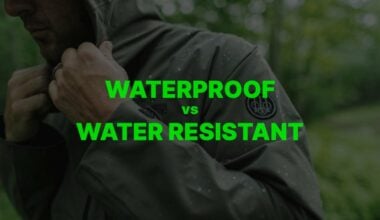
![Red Dot Magnifiers [Shopping Guide & Best Combos] 8 red dot magnifier guide and best picks - thumb](https://blog.gritroutdoors.com/wp-content/uploads/2025/07/red-dot-magnifier-guide-and-best-picks-380x220.jpg)
